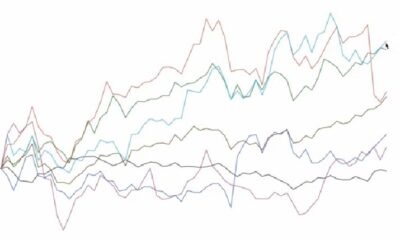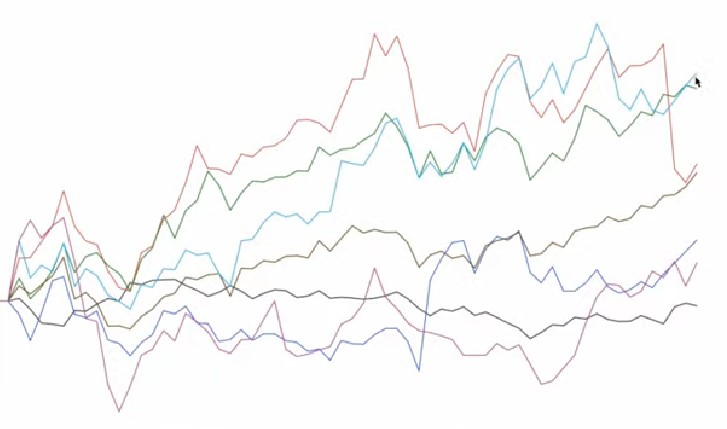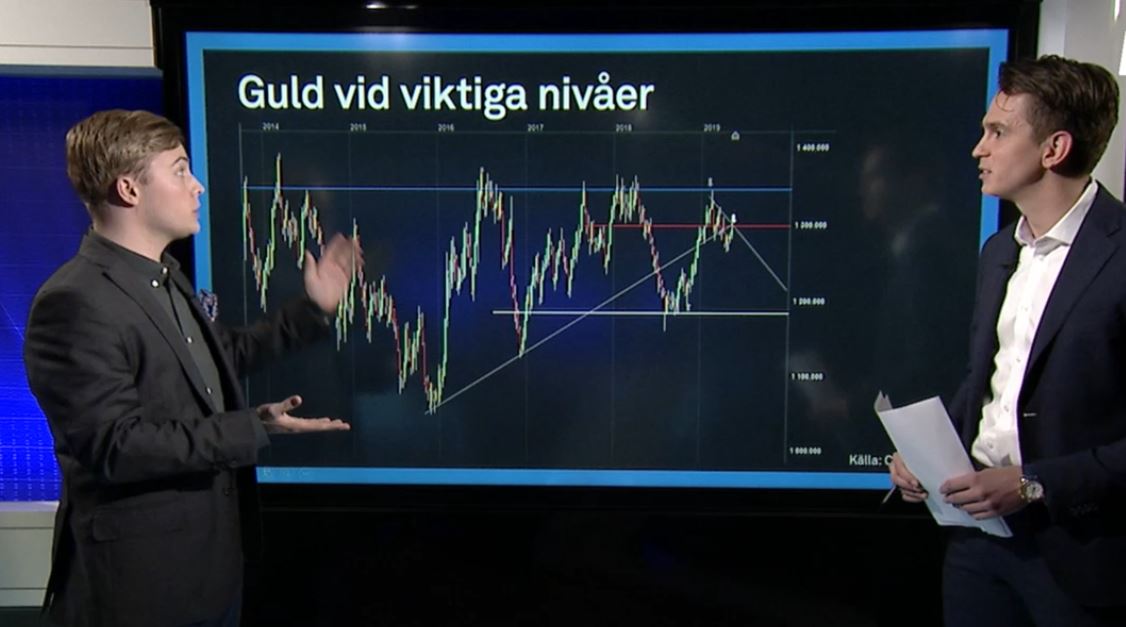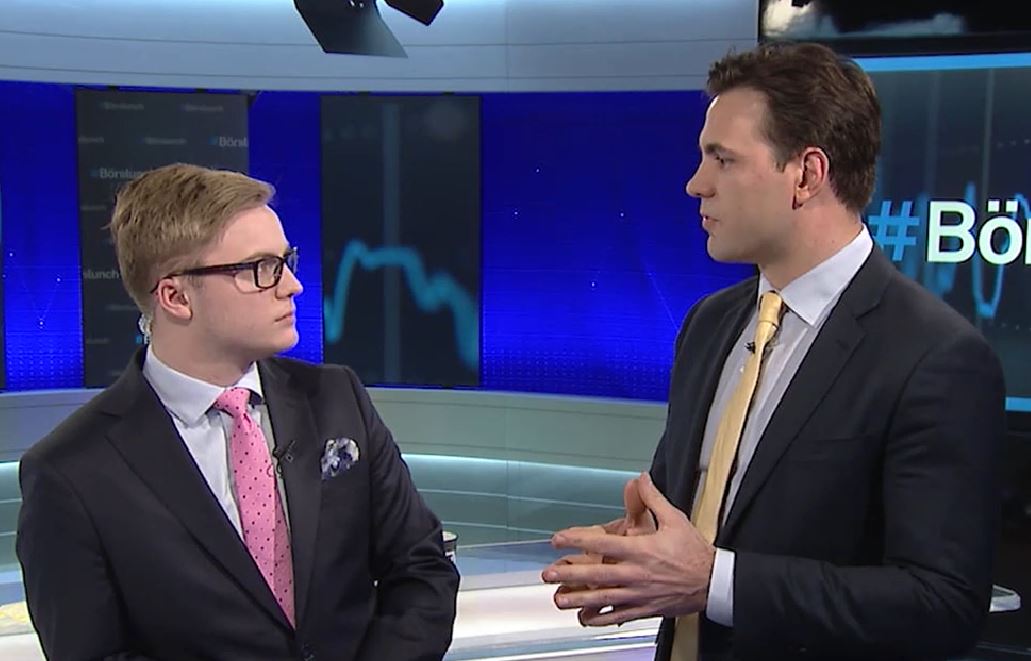Analys från DailyFX
Euro Lifted by Best ZEW Surveys since 2009; Pound Struggles after CPI
Talking Points:
– Highest Euro-Zone Zew Survey: Expectations since September 2009.
– Highest German ZEW Survey: Expectations since December 2009.
– BoE’s forward guidance may be working as CPI steps down.
To receive this report in your inbox every morning, sign up for Christopher’s distribution list.
INTRADAY PERFORMANCE UPDATE: 09:30 GMT
Dow Jones FXCM Dollar Index (Ticker: USDOLLAR): -0.05% (-0.73% prior 5-days)
ASIA/EUROPE FOREX NEWS WRAP
The US Dollar is broadly lower following a weak start to the trading week yesterday, but price action has started to shift from favoring the New Zealand Dollar over its Australian counterpart and the Euro over the British Pound. As the trading day has marched forward, there’s been an increased interest surrounding the Euro as regional bond yields have crept higher.
Typically when European bond yields have moved up (particularly in Italy and Spain), the Euro has suffered. Today, however, yields are not increasing because investors are selling on fear; rather, improving economic growth prospects have reduced the demand for fixed income and boosted demand for riskier assets like stocks (the German DAX is holding near its all-time high set yesterday at 8626.11).
Indeed, signs of a stronger Euro-Zone are emerging, with the ZEW Surveys surging to their best outputs in four years. Here are the figures stoking Euro strength:
–Euro-Zone ZEW Survey: Expectations (SEP): 58.6 from 44.0
– German ZEW Survey: Current Situation (SEP): 30.6 versus 20.0 expected, from 18.3
– German ZEW Survey: Expectations (SEP): 49.6 versus 45.0 expected, from 42.0
Meanwhile, the British Pound is seeing a bout of weakness following the soft CPI report. The report underscores shifting consumer expectations as the Bank of England attempts to keep interest rates pointed lower. Accordingly, if data today proliferates and becomes a trend, there is scope for a short-term, fundamentally based reversal in the EURGBP.
EURUSD 5-minute Chart: September 17, 2013 Intraday

Taking a look at European credit, higher yields across the region (especially in the core) on the back of improving economic data have lifted the Euro. The Italian 2-year note yield has decreased to 1.916% (-4.2-bps) while the Spanish 2-year note yield has increased to 1.689% (+0.5-bps). Similarly, the Italian 10-year note yield has decreased to 4.434% (-1.5-bps) while the Spanish 10-year note yield has increased to 4.407% (+0.2-bps); lower yields imply higher prices.
Read more: UK CPI, German ZEW to Spark Minor Pound, Euro Moves
ECONOMIC CALENDAR – UPCOMING NORTH AMERICAN SESSION

See the DailyFX Economic Calendar for a full list, timetable, and consensus forecasts for upcoming economic indicators. Want the forecasts to appear right on your charts? Download the DailyFX News App.
— Written by Christopher Vecchio, Currency Analyst
To contact Christopher Vecchio, e-mail cvecchio@dailyfx.com
Follow him on Twitter at @CVecchioFX
To be added to Christopher’s e-mail distribution list, please fill out this form
Analys från DailyFX
EURUSD Weekly Technical Analysis: New Month, More Weakness
What’s inside:
- EURUSD broke the ‘neckline’ of a bearish ‘head-and-shoulders’ pattern, April trend-line
- Resistance in vicinity of 11825/80 likely to keep a lid on further strength
- Targeting the low to mid-11600s with more selling
Confidence is essential to successful trading, see this new guide – ’Building Confidence in Trading’.
Coming into last week we pointed out the likelihood of finally seeing a resolution of the range EURUSD had been stuck in for the past few weeks, and one of the outcomes we made note of as a possibility was for the triggering of a ’head-and-shoulders’ pattern. Indeed, we saw a break of the ’neckline’ along with a drop below the April trend-line. This led to decent selling before a minor bounce took shape during the latter part of last week.
Looking ahead to next week the euro is set up for further losses as the path of least resistance has turned lower. Looking to a capper on any further strength there is resistance in the 11825-11880 area (old support becomes new resistance). As long as the euro stays below this area a downward bias will remain firmly intact.
Looking lower towards support eyes will be on the August low at 11662 and the 2016 high of 11616, of which the latter just happens to align almost precisely with the measured move target of the ‘head-and-shoulders’ pattern (determined by subtracting the height of the pattern from the neckline).
Bottom line: Shorts look set to have the upperhand as a fresh month gets underway as long as the euro remains capped by resistance. On weakness, we’ll be watching how the euro responds to a drop into support levels.
For a longer-term outlook on EURUSD, check out the just released Q4 Forecast.
EURUSD: Daily
—Written by Paul Robinson, Market Analyst
You can receive Paul’s analysis directly via email bysigning up here.
You can follow Paul on Twitter at@PaulRobinonFX.
Analys från DailyFX
Euro Bias Mixed Heading into October, Q4’17

Why and how do we use IG Client Sentiment in trading? See our guide and real-time data.
EURUSD: Retail trader data shows 37.3% of traders are net-long with the ratio of traders short to long at 1.68 to 1. In fact, traders have remained net-short since Apr 18 when EURUSD traded near 1.07831; price has moved 9.6% higher since then. The number of traders net-long is 15.4% lower than yesterday and 16.4% higher from last week, while the number of traders net-short is 0.4% higher than yesterday and 10.5% lower from last week.
We typically take a contrarian view to crowd sentiment, and the fact traders are net-short suggests EURUSD prices may continue to rise. Positioning is more net-short than yesterday but less net-short from last week. The combination of current sentiment and recent changes gives us a further mixed EURUSD trading bias.
— Written by Christopher Vecchio, CFA, Senior Currency Strategist
To contact Christopher Vecchio, e-mail cvecchio@dailyfx.com
Follow him on Twitter at @CVecchioFX
To be added to Christopher’s e-mail distribution list, please fill out this form
Analys från DailyFX
British Pound Reversal Potential Persists Heading into New Quarter

Why and how do we use IG Client Sentiment in trading? See our guide and real-time data.
GBPUSD: Retail trader data shows 38.2% of traders are net-long with the ratio of traders short to long at 1.62 to 1. In fact, traders have remained net-short since Sep 05 when GBPUSD traded near 1.29615; price has moved 3.4% higher since then. The number of traders net-long is 0.1% higher than yesterday and 13.4% higher from last week, while the number of traders net-short is 10.6% lower than yesterday and 18.3% lower from last week.
We typically take a contrarian view to crowd sentiment, and the fact traders are net-short suggests GBPUSD prices may continue to rise. Yet traders are less net-short than yesterday and compared with last week. Recent changes in sentiment warn that the current GBPUSD price trend may soon reverse lower despite the fact traders remain net-short.
— Written by Christopher Vecchio, CFA, Senior Currency Strategist
To contact Christopher Vecchio, e-mail cvecchio@dailyfx.com
Follow him on Twitter at @CVecchioFX
To be added to Christopher’s e-mail distribution list, please fill out this form
-
Analys från DailyFX10 år ago
EUR/USD Flirts with Monthly Close Under 30 Year Trendline
-
Marknadsnyheter5 år ago
BrainCool AB (publ): erhåller bidrag (grant) om 0,9 MSEK från Vinnova för bolagets projekt inom behandling av covid-19 patienter med hög feber
-

 Marknadsnyheter2 år ago
Marknadsnyheter2 år agoUpptäck de bästa verktygen för att analysera Bitcoin!
-
Analys från DailyFX12 år ago
Japanese Yen Breakout or Fakeout? ZAR/JPY May Provide the Answer
-

 Marknadsnyheter2 år ago
Marknadsnyheter2 år agoDärför föredrar svenska spelare att spela via mobiltelefonen
-
Analys från DailyFX12 år ago
Price & Time: Key Levels to Watch in the Aftermath of NFP
-
Analys från DailyFX8 år ago
Gold Prices Falter at Resistance: Is the Bullish Run Finished?
-
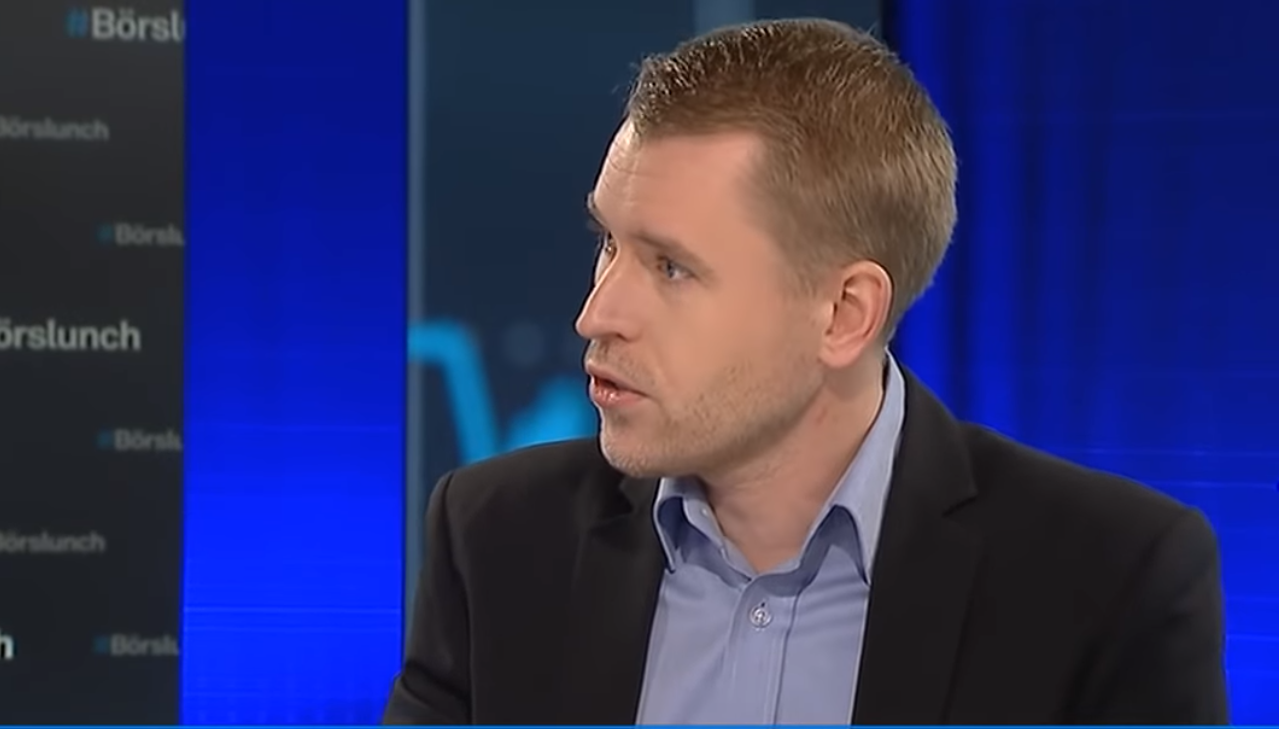
 Nyheter7 år ago
Nyheter7 år agoTeknisk analys med Martin Hallström och Nils Brobacke




